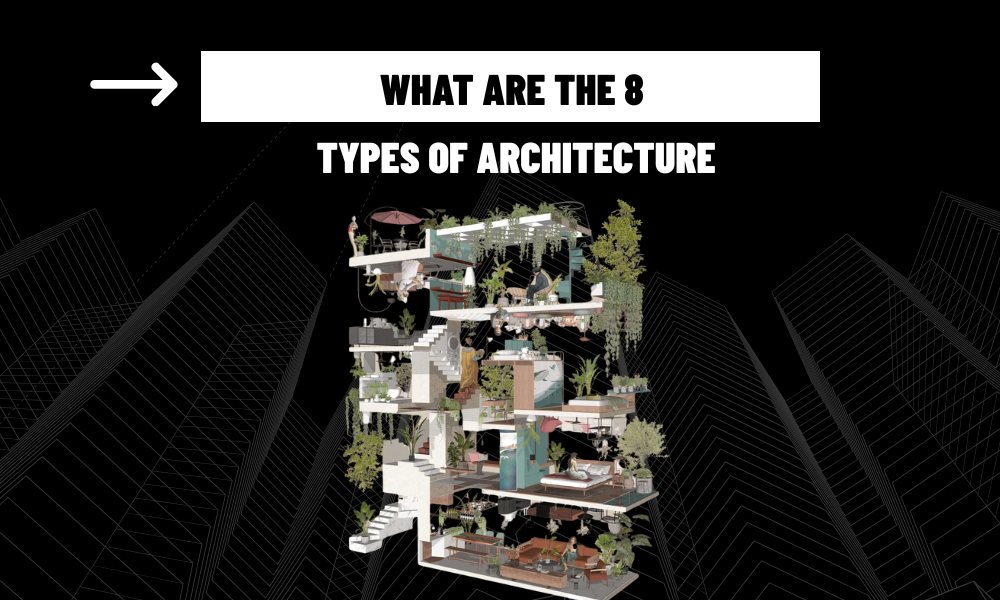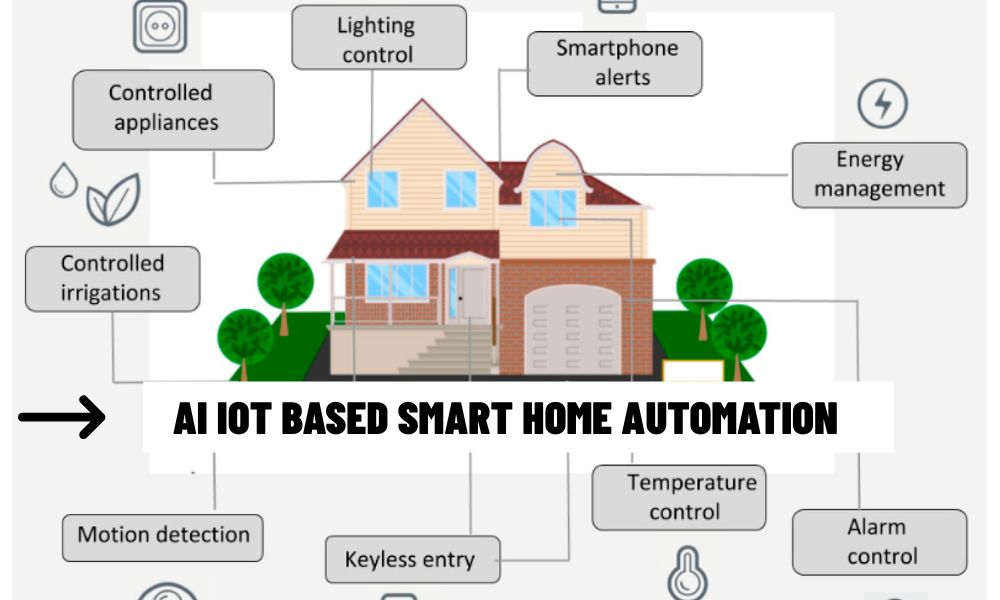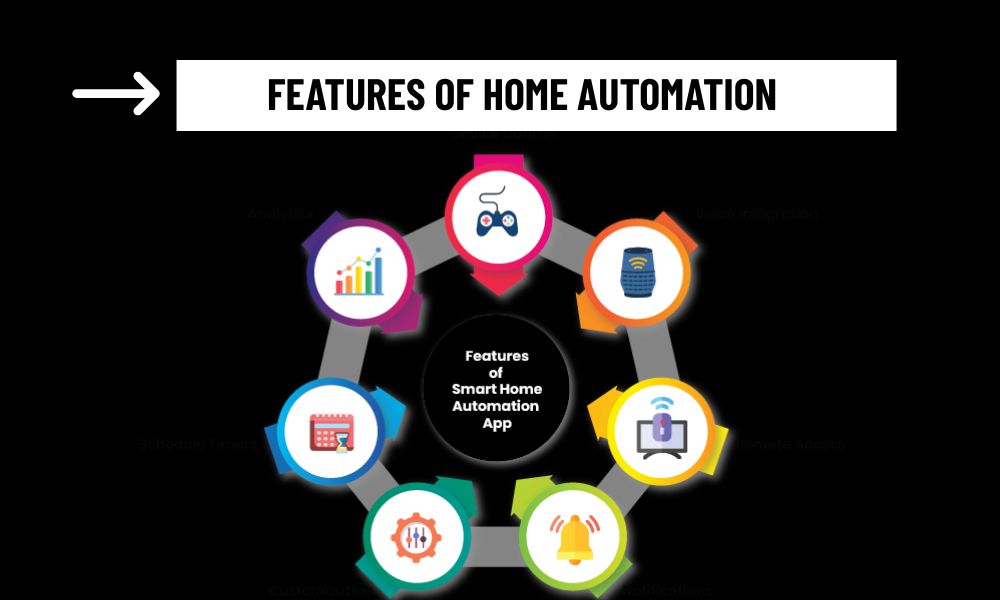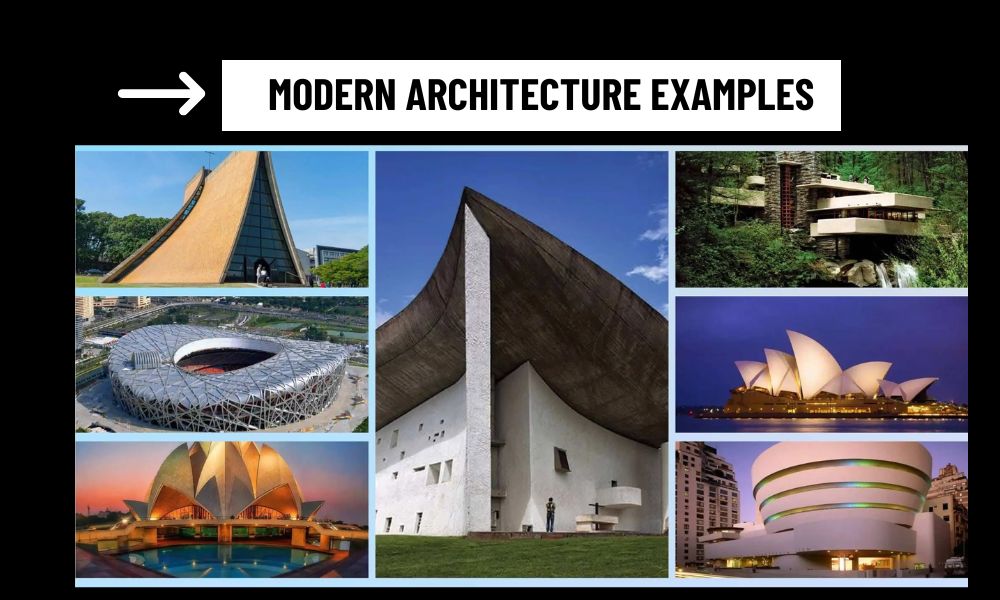When we speak of architecture, it’s easy to reduce it to aesthetics — facades, skylines, or interior layouts. But architecture, in its essence, is the organized response to human needs through built space. As we navigate the complexities of modern life — from climate challenges to digital transformation — understanding the 8 fundamental types of architecture becomes crucial for designers, developers, and future-focused homeowners alike.
Contents
Why Architectural Typologies Matter
Different spaces serve different purposes, and the way they are conceived can affect everything from energy consumption to mental well-being. For example, the demands of a private home differ significantly from those of a civic center or manufacturing facility. Recognizing the architectural context allows professionals to make more precise design decisions — whether it’s choosing passive ventilation strategies in a residential building or planning circulation flow in a commercial complex.
Residential vs. Commercial: The Core Divide
At its most basic level, architecture is often split into residential and commercial. While the former focuses on personal comfort, privacy, and increasingly, smart integration, the latter emphasizes functionality, foot traffic, and brand identity. Smart homes have reshaped the expectations in residential design — with automation, energy efficiency, and security now considered essentials. Meanwhile, commercial architecture has leaned into adaptive, tech-savvy environments to serve hybrid workforces and experiential retail.
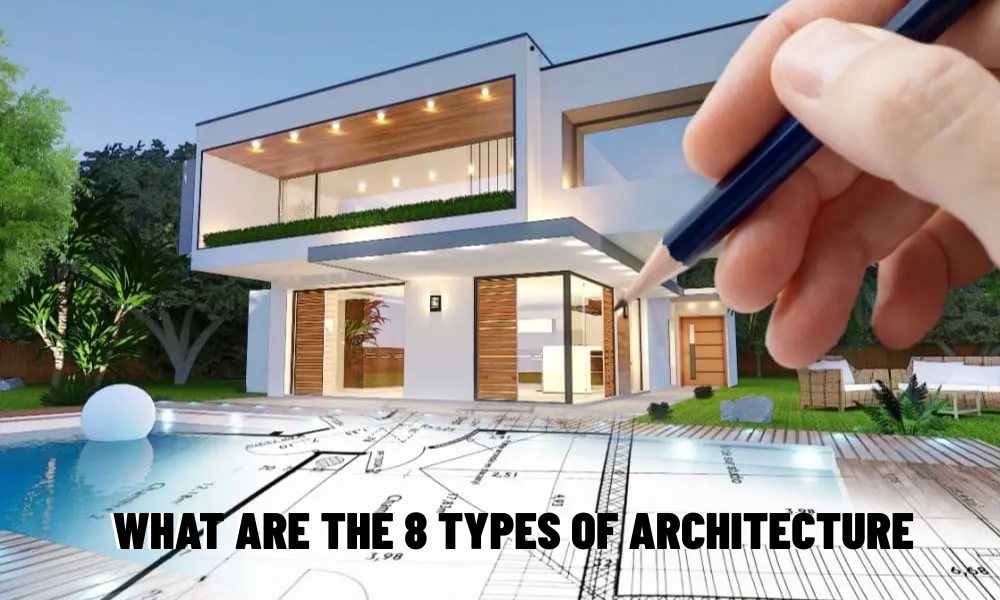
Public, Institutional, and Spiritual Spaces
Beyond private and commercial life lie the spaces we share: libraries, schools, temples, hospitals. These fall under institutional and religious architecture, where the challenge isn’t just in serving people, but in doing so equitably, accessibly, and often symbolically. Designing a hospital, for instance, isn’t just about flow efficiency — it’s also about psychological comfort, acoustics, air quality, and natural light, all of which directly affect healing.
Industrial and Infrastructure-Driven Design
In the shadows of our cities exist the vast networks that keep them running: warehouses, power plants, logistics centers. Industrial architecture isn’t always glamorous, but it’s foundational. As industries adopt automation and AI, the architecture of production is rapidly evolving — requiring greater flexibility, sustainable materials, and integration with smart systems.
Interior and Urban Architecture: Micro to Macro Thinking
Design is experienced not just in buildings, but within them and between them. Interior architecture focuses on how space is used from the inside — reconfiguring layouts, integrating systems, and enhancing comfort. On the opposite end, urban architecture deals with the scale of neighborhoods and cities. It asks: how do buildings talk to each other? How do people move through public space? How does design influence quality of life?
Today, as cities adopt smart infrastructure and green zoning policies, urban design becomes central to combating climate stress and supporting equitable access to public space.
A Framework for a Smarter Future
Understanding these eight architectural types — from the intimacy of a home to the scale of a city — is not about rigid definitions. It’s about context, intention, and potential. For professionals working at the intersection of architecture and smart technology, knowing which category a project belongs to informs everything: material selection, energy strategy, automation levels, user experience, and long-term adaptability.
As we design for a future shaped by climate urgency, AI, and shifting lifestyles, this typological awareness becomes more than a formality — it becomes a roadmap.
